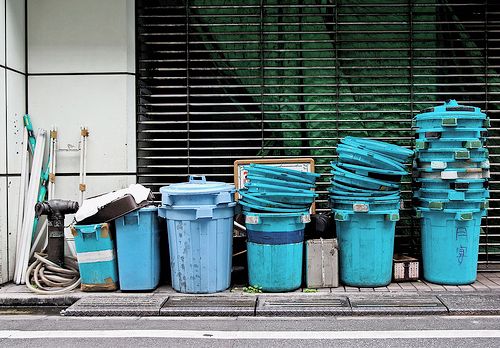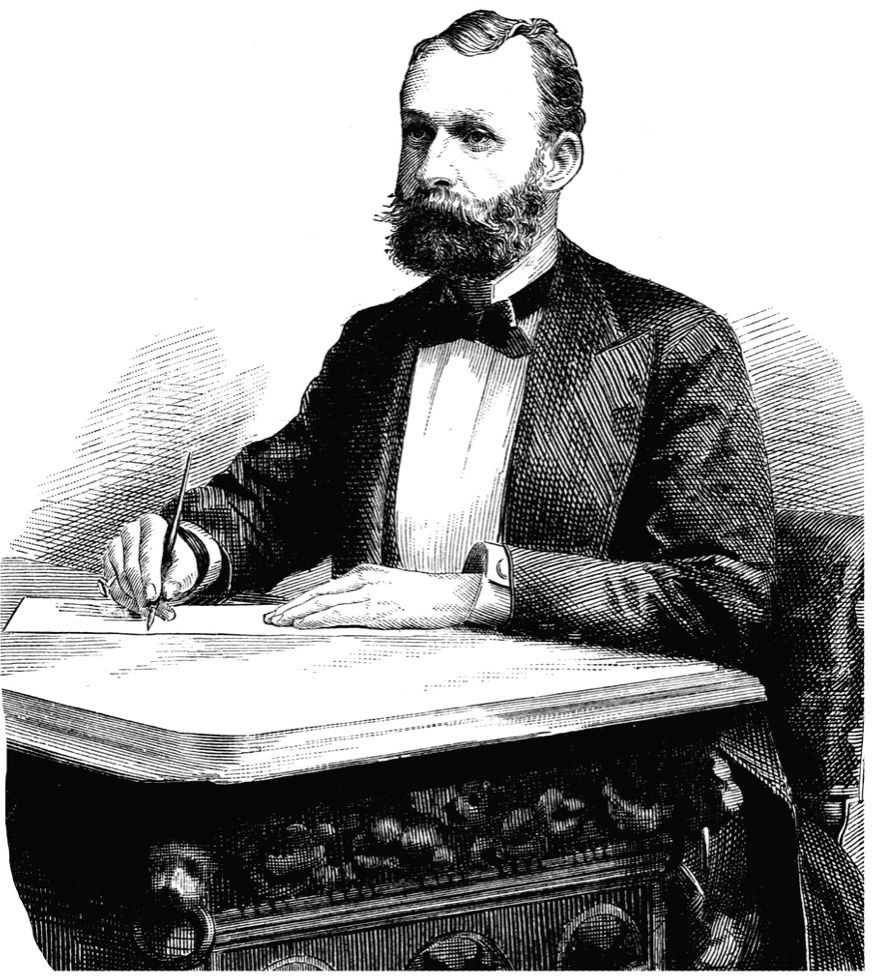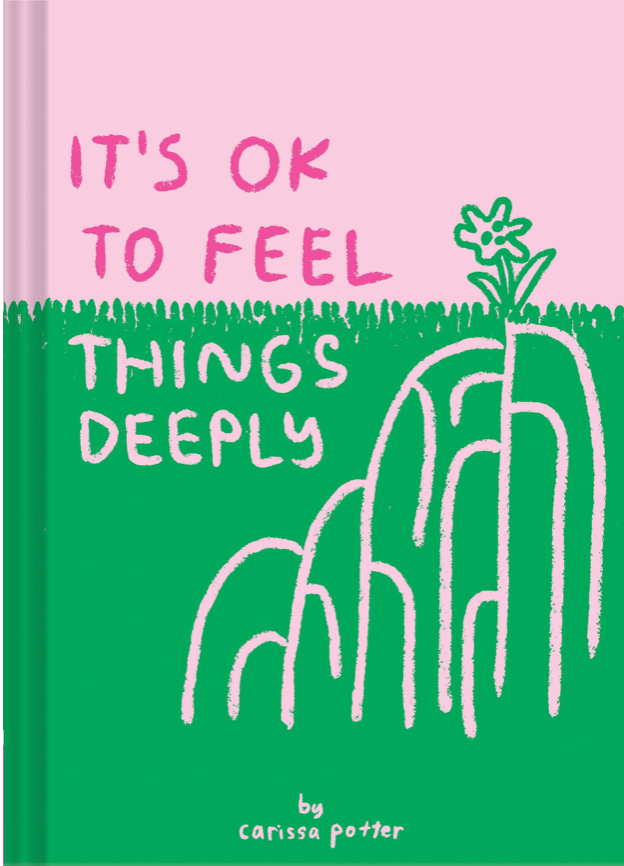“He has a formidable brain . . . No other contemporary poet has presented himself so unabashedly as a thinker as well as an artist.”
-Roger Gilbert on A.R. Ammons
Garbage? Poetry? Redemption? These ideas aren’t usually linked together. But out of the heap arose Garbage, A.R. Ammons’s 1993 book-length poem. In an interview for the Paris Review, Ammons responded to a question about Garbage by saying:
My hope was to see the resemblances between the high and low of the secular and the sacred. The garbage heap of used-up language is thrown at the feet of poets, and it is their job to make or revamp a language that will fly again. We are brought low through sin and death and hope that religion can make us new. I used garbage as the material submitted to such possible transformations, and I wanted to play out the interrelationships of the high and the low.
An entire book on garbage may seem a bit extreme, but Ammons’s belief that a correlation exists between language and trash was strong enough to warrant a book-length poem of discussion. And it won him the National Book Award as well as the Library of Congress’s Rebekah Johnson Bobbitt National Prize for Poetry. In his exploration into language and garbage as the lowest common denominator of human experience, Ammons asserts that through both language and garbage redemption is possible by sorting through human experience – the high and low, the sacred and secular.

Throughout Garbage, Ammons continually refers to two things – poetry and garbage – and the epigraph for the book sets the tone for the relationship between the two. Ammons dedicates the book “to the bacteria, tumblebugs, scavengers,/wordsmiths-the transfigurers, restorers.” “Bacteria, tumblebugs,” and “scavengers” are all intrinsically linked to garbage, existing within a pile of garbage because they are drawn to garbage and love garbage. In the same way, “wordsmiths” are intrinsically linked to language, drawn to language, and love language. “Bacteria, tumblebugs,” and “scavengers” are makers, creating something from garbage, whereas “wordsmiths” are makers who create from language.
The importance of the language-garbage relationship is that values thought to be lost must be restructured because language and poetry are life-giving. Both are redeeming for mankind. By paralleling a heap of language and a heap of garbage, Ammons reveals two of the most important byproducts of human existence. Ammons writes,
garbage has to be the poem of our time because
garbage is spiritual, believable enough
to get our attention, getting in the way, piling
up, stinking, turning brooks brownish and
creamy white: what else deflects us from the
errors of our illusionary ways, not a temptation
to trashlessness, that is too far off, and,
anyway, unimaginable, unrealistic.
If Ammons is arguing that garbage and language are equivalent, then the words garbage and language here are interchangeable. Language is “spiritual,” foundational, and fundamental to human beings, and so is our consumption, our byproducts, our garbage. Ammons also assesses language in writing about the implications words have had on the planet:
a waste of words, a flattened-down, smoothed-
over mesa of Styrofoam verbiage; since words were
introduced here things have gone poorly for the
planet: it’s been between words and rivers,
surface-mining words and hilltops, cuneiform
records in priestly piles; between clay
tablets and irrigated fields: papyrus in
sheets; vellum in Alexandria; hundreds of
temples to type and, now, networks of words
intricate as the realities they represent.
It is words that provide sustenance for people. As the world is a house for bodies, language is a house for our spirits and souls. Language has the power to transform the world not into physicality but into words, poetry, and imagination. And it is from language that all things of value are gathered-love, connection, truth, identity.
Ammons argues that language takes us through the low, the death, the secular, and moves us through to the high, the redemptive, the sacred. Language and garbage have the ability to take the reader high and low and, eventually, to redemptive ground. “Poetry is not logic or/knowledge or philosophy,” he writes. No; it is a mixture of sacred and secular, transforming human beings in the same way that religion transforms them. Ammons’s view of the secular and the sacred is that both coexist simultaneously – that there exists secular and sacred in everything.
As a metaphor, garbage may feel a bit far fetched, but Ammons is onto something here. We consume, we use, and we are left with the byproducts, in waste and with our words. We can no more easily separate ourselves from our trash than we can the words that slip from our lips. In a tapestry of poetic goodness juxtaposed against landfill remainders, we can find ourselves – the good, the bad, the even worse – and find that there’s hope and renewal.



